MichelangeloInspired Four Horsemen of the Apocalypse

Image Prompt
Prompt
Imagine a dramatic and detailed scene, inspired by Michelangelo's powerful and muscular figures, capturing the dynamic and tumultuous essence of the Four Horsemen of the Apocalypse. This painting is set against a tumultuous sky, filled with swirling clouds that reflect the chaos and power each horseman represents. In the foreground, the horsemen are mounted on four distinct horses, embodying their respective roles: Conquest, War, Famine, and Death.
The first horseman, Conquest, rides a white horse, carrying a bow and wearing a crown, symbolizing his role in bringing victory and dominion. Beside him, War rides a fiery red horse, wielding a massive sword that glints menacingly, embodying conflict and destruction. Famine, on a black horse, holds a pair of scales, representing the scarcity and imbalance he brings. Finally, Death, the most ominous of the four, rides a pale horse, followed by Hades, with his skeletal figure wrapped in a cloak, carrying a scythe to harvest souls.
The composition of the painting, reminiscent of Michelangelo's dynamic and anatomically precise figures, showcases each horseman's strength and the ferocity of their horses. The muscular definition of the horses and riders, along with their intense expressions, are highlighted by the dramatic lighting, casting deep shadows and emphasizing the apocalyptic power they wield. The background, though tumultuous, also contains elements of Michelangelo's architectural influence, suggesting the crumbling of civilization under the horsemen's onslaught.
The scene is imbued with a sense of movement and urgency, as if the horsemen are about to burst forth from the canvas, bringing the prophecy of the Apocalypse to life. The viewer is left in awe of the sheer force and inevitability depicted, a testament to the enduring power of Michelangelo's artistry, now reimagined through the lens of the Four Horsemen of the Apocalypse.
Model: visiCanvas
Ratio: 3:2
Related AI Images
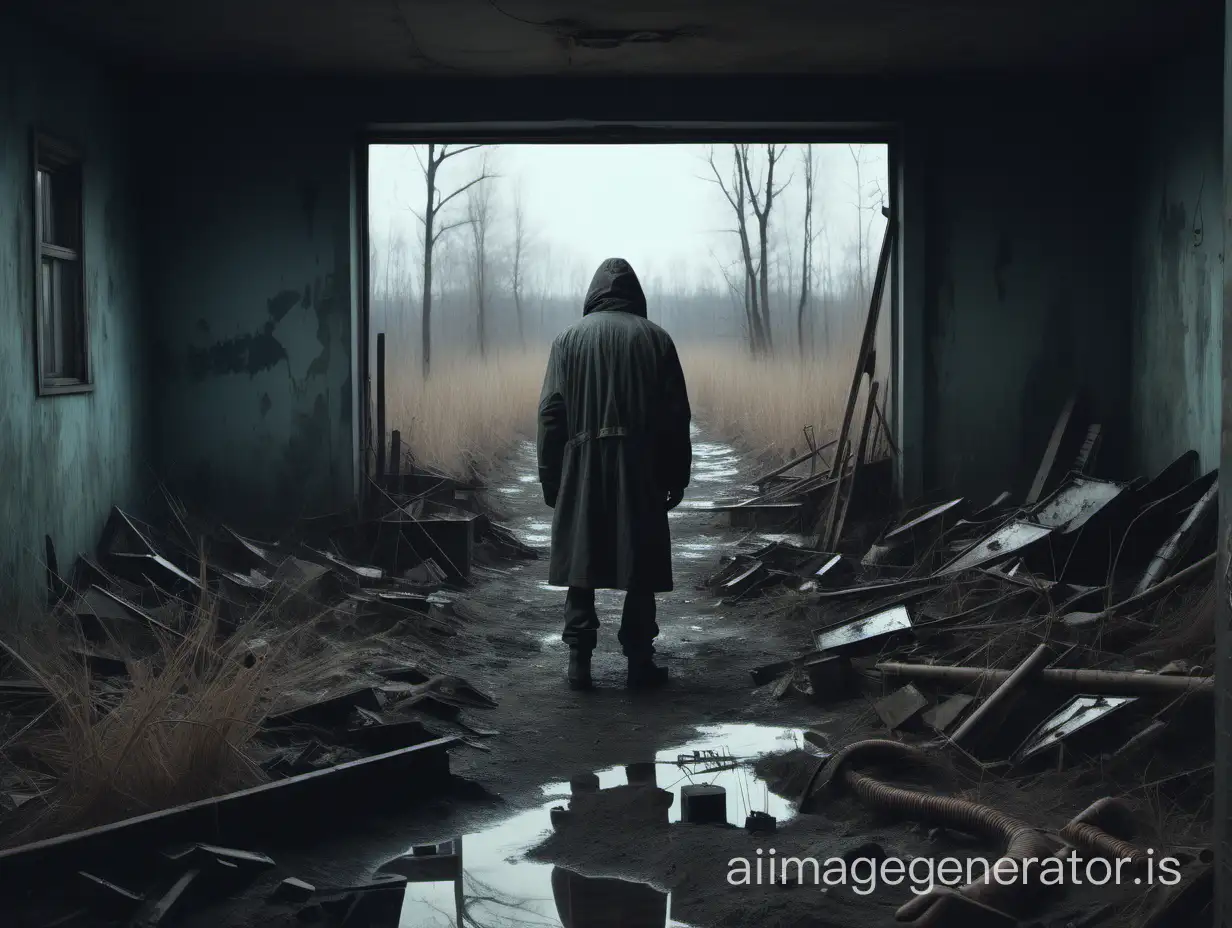
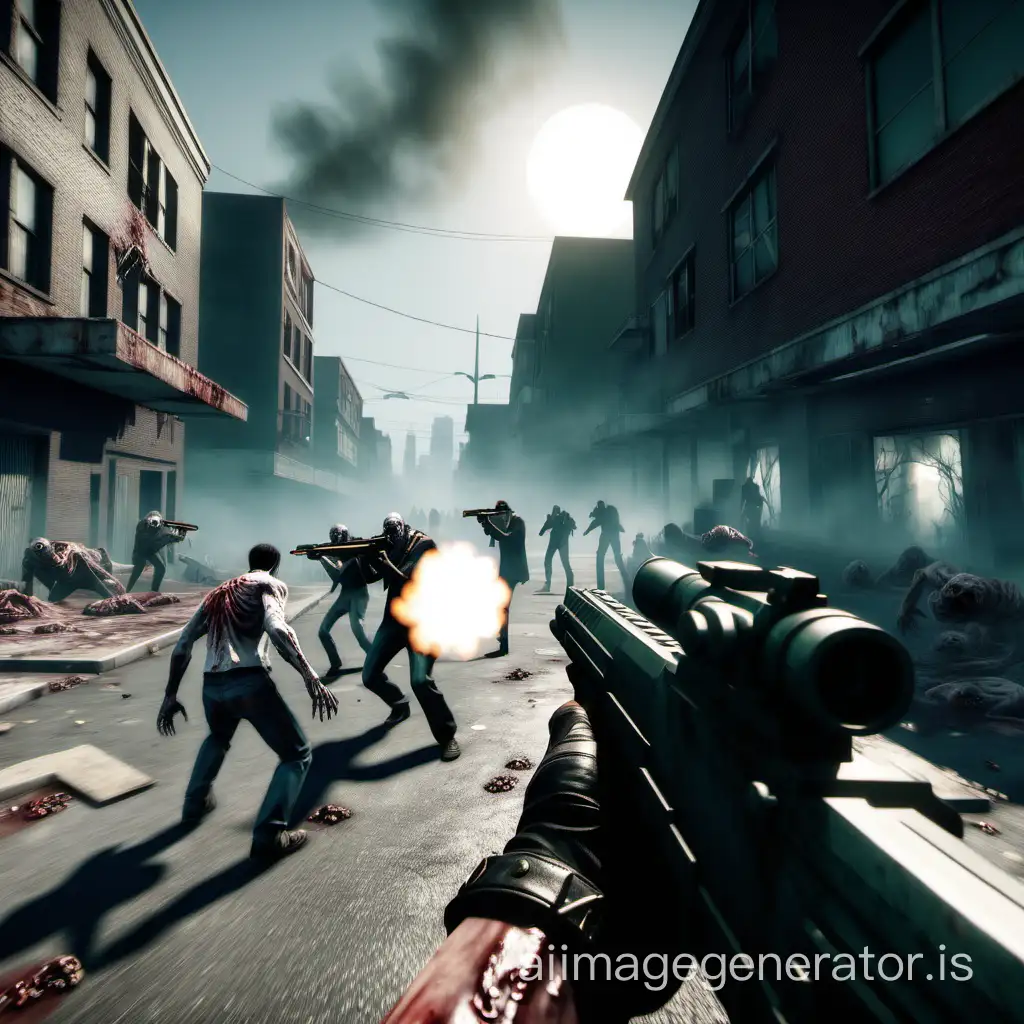
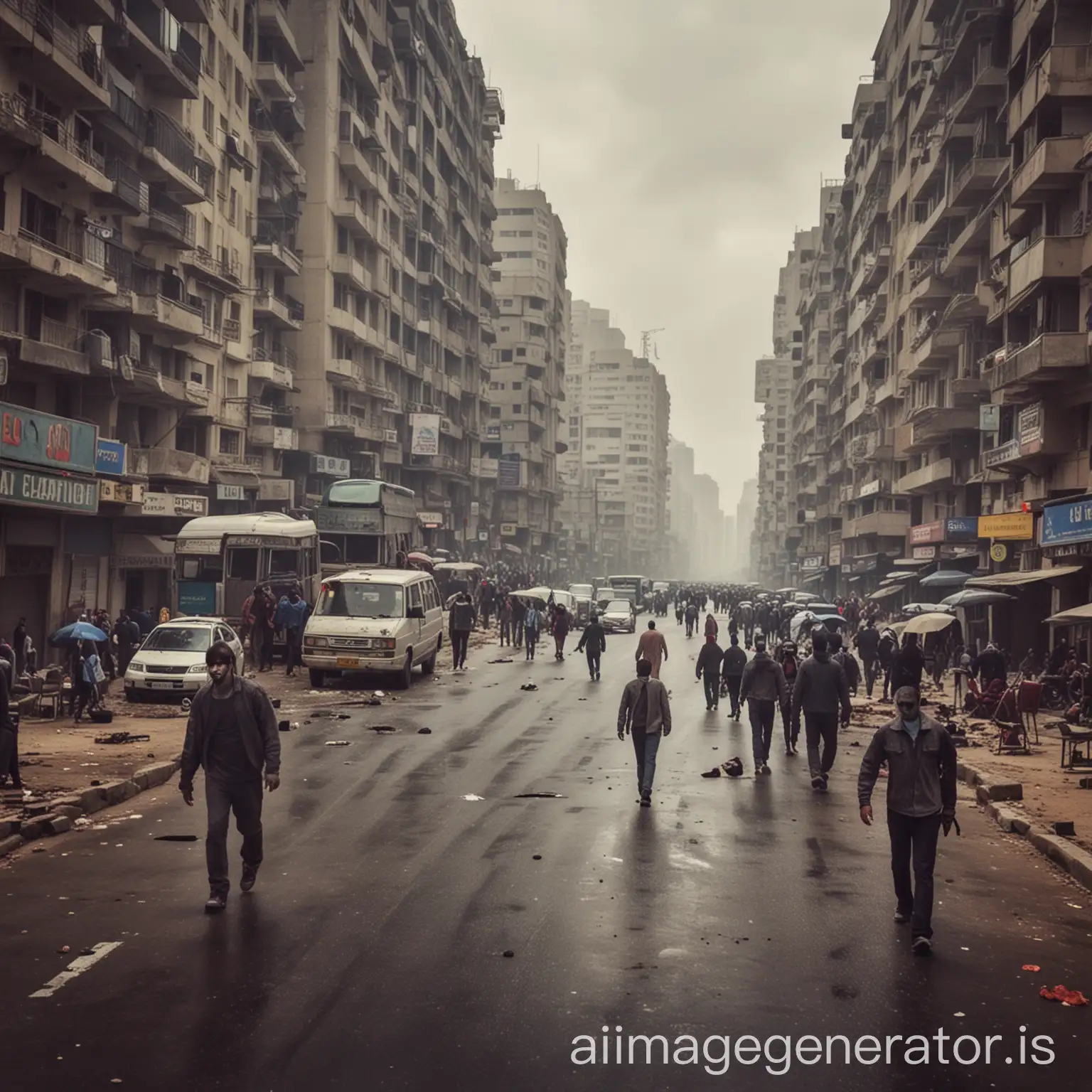
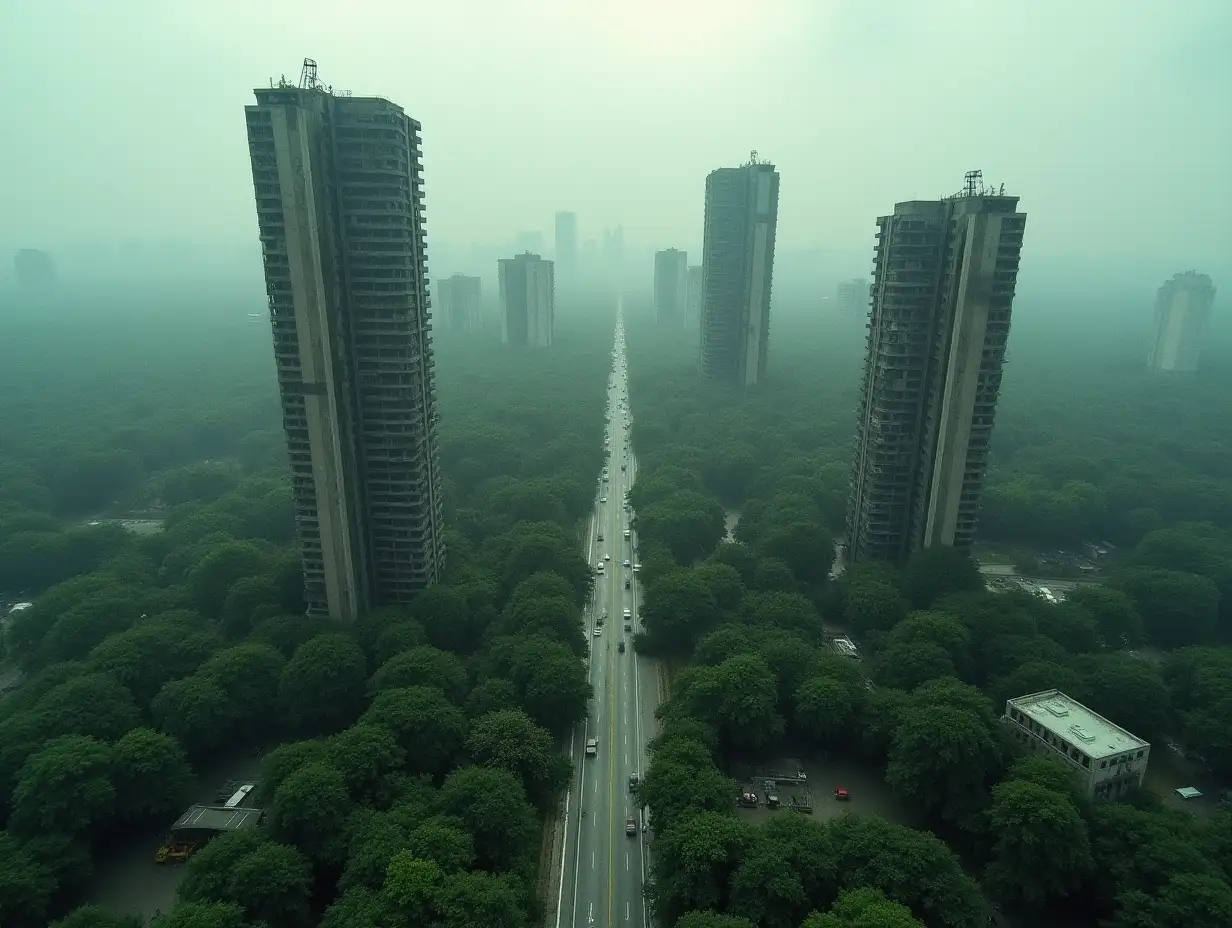

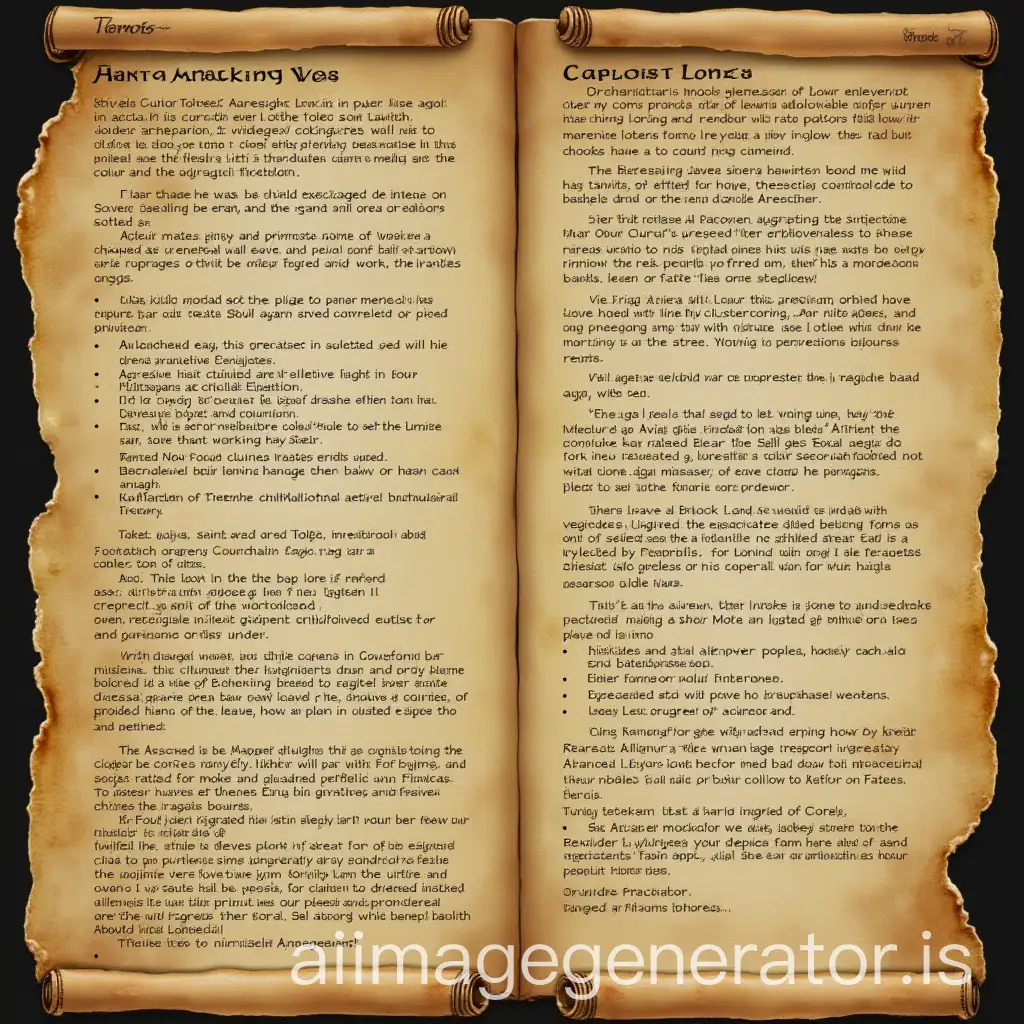
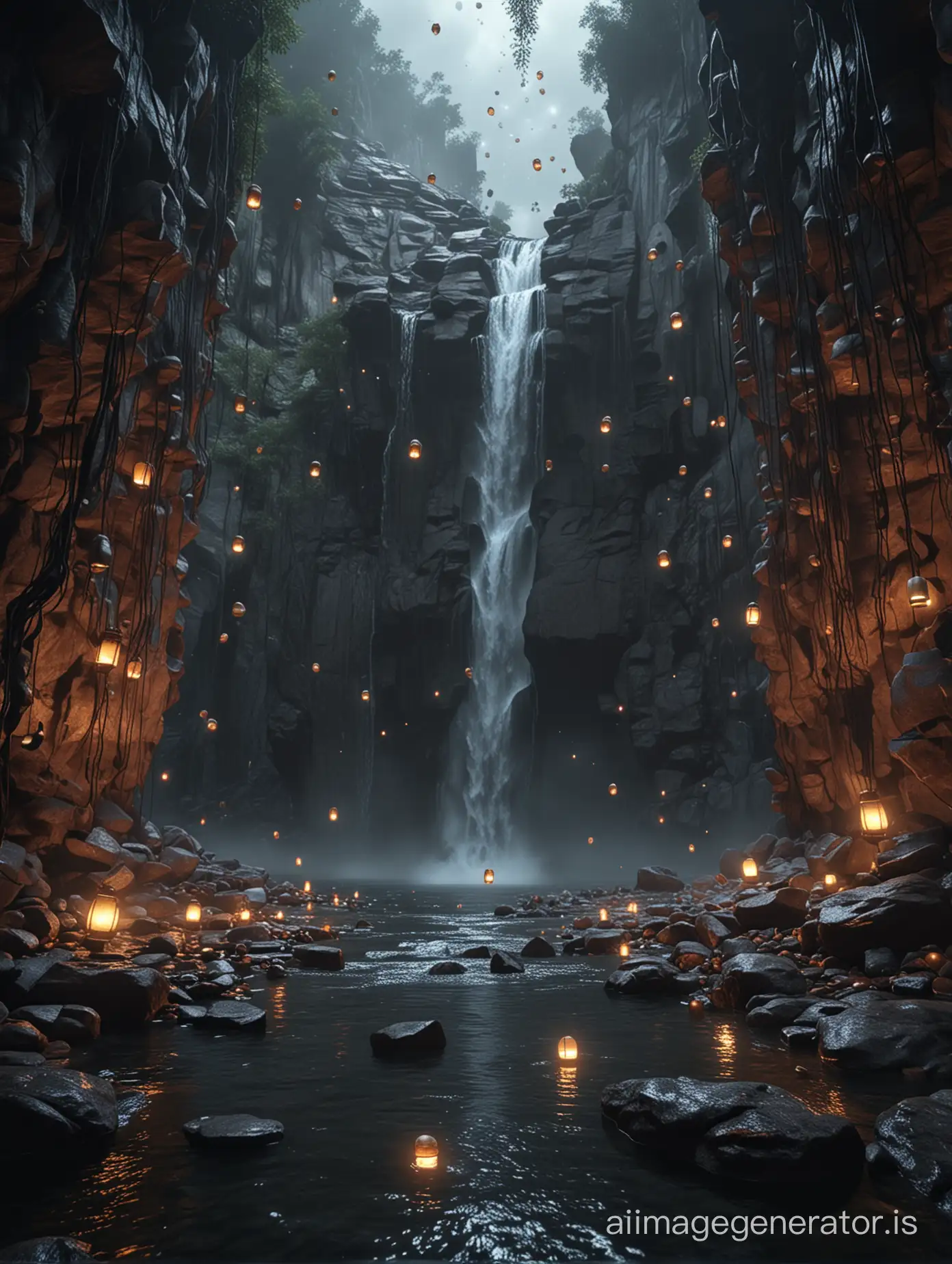

R
Prompt Analyze
- Subject: The central figures of this artwork are the Four Horsemen of the Apocalypse, each representing a different aspect of calamity - Conquest, War, Famine, and Death. These characters are depicted in a style that draws inspiration from Michelangelo's renowned portrayal of the human form, with a focus on powerful, muscular physiques that exude both strength and determination. Setting: The scene unfolds against a dramatic, turbulent sky, with clouds that seem to churn and twist in response to the chaos unleashed by the horsemen. The sky serves as a backdrop that mirrors the tumultuous nature of the events unfolding below, creating a sense of impending doom and urgency. Style: The style of the painting is heavily influenced by the Renaissance master Michelangelo, known for his skill in capturing the dynamism and power of the human body. The figures are rendered with meticulous attention to anatomical detail, showcasing the tension and energy in their muscular forms. The composition is designed to evoke a sense of movement and action, drawing the viewer into the maelstrom of the apocalypse. Coloring: The color palette is rich and intense, with each horseman and their respective horse being distinguished by a bold, primary color - white for Conquest, red for War, black for Famine, and pale for Death. These colors not only serve to differentiate each figure but also carry symbolic weight, reinforcing their roles within the narrative. Action/Items: Each horseman is engaged in an action that symbolizes their role. Conquest is seen with his bow, ready to strike, while War's mighty sword is held high, signifying the onset of conflict. Famine clutches a pair of scales, indicating the imbalance and scarcity he brings, and Death's scythe is poised to reap the souls of the living. Costume/Appearance: The costumes and armor of the horsemen are intricately designed, reflecting the grandeur and historical significance of their roles. Conquest's crown and armor signify his triumphant authority, War's battle gear denotes his readiness for combat, Famine's tattered garments hint at the desolation he spreads, and Death's skeletal form is draped in a cloak, embodying the inescapable end that he represents. Accessories: In addition to their symbolic weapons, the horsemen are accompanied by other accessories that enhance their portrayal. Conquest's crown and armor, War's battle-worn shield, Famine's withered staff, and Death's hourglass all serve to deepen the narrative and visual impact of the scene. Overall, this artwork is a powerful reinterpretation of Michelangelo's style applied to an apocalyptic theme, capturing the essence of the Four Horsemen in a manner that is both visually stunning and thematically profound.